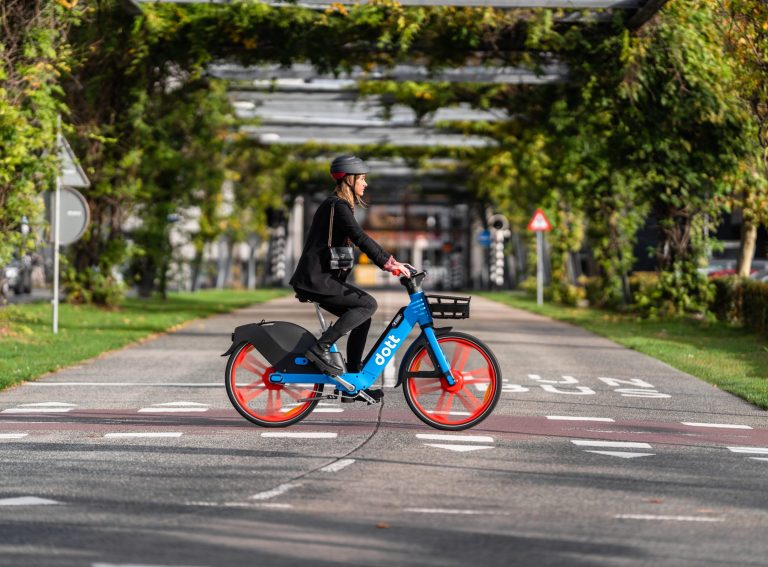Image Credit: Lily Banse, Unsplash
The global mobility industry is predicted to be worth $1.1 trillion by 2035, the Oliver Wyman Forum has found.
Up from $389 billion in 2023, the industry’s growth is forecasted to be largely driven by digital services, such as advanced driver-assistance systems and electric vehicle charging which will generate an annual revenue of $610 billion in 2035.
Oliver Wyman’s forecasts come from its analysis of 14 mobility services across five regions in its study titled ‘What Urban Mobility Will Look Like in 2035.’
“The report clearly shows that the fundamental disruption by mobility modes is over,” Head of Oliver Wyman Mobility Forum Dr. Andreas Nienhaus told Zag Daily.
“Ride hailing, bike sharing and the likes have been in most markets for quite a while now. While we still see strong growth especially with sustainable modes of transport, the main growth drivers of the future are not new mobility modes, but services that help make mobility solutions more convenient, cheaper, safer, equitable and especially more sustainable.”
The fastest growing service found by the study is advanced driver-assistance systems (ADAS), forecasted to grow at a 54% annual rate from a $1.7 billion market in 2023 to $307 billion by 2035.
ADAS relates to technologies which aim to assist drivers with safe operations of the vehicle, such as cruise control and fully autonomous driving. A previous Oliver Wyman study found that 43% of global consumers are willing to pay a premium for autonomous transit.
The study found electric vehicle (EV) charging to be the second fastest growing service due to the maturity of this technology, the decarbonisation regulatory roadmap, and reduced EV prices which will stimulate demand for charging services globally.
“While both ADAS and EV charging will see rapid growth, it’s important to note that ADAS will grow faster due to heavy investments from the industry, a regulatory push for safer vehicles on the road, and especially wide consumer adoption,” Andreas said.
“We also anticipate the regulatory framework to evolve in the coming years to enable further ADAS and by that opening up an entirely new world of business opportunities.”
Regional differences
Asia is forecasted to be the leading market for mobility growth, rising from $161 billion in 2023 to $573 billion in 2035.
Andreas credits this growth to Asia’s “vibrant mobility ecosystem” led by local companies, as well as the region’s significant investment in infrastructure and mobility services. Macro-economic factors will also play a role such as the rise in purchasing power.
On micromobility specifically, the Asian bike share market is expected to rise from $7 billion in 2023 to $18 billion by 2035. The report highlights that affordability may be driving consumers towards shared micromobility – an average bike share ride in Asia costs $0.19, whereas in North America it’s $6.79 and in Europe it’s $1.24.
Andreas said that though micromobility will continue to play a critical role in shaping urban mobility, it will not grow as quickly in Europe and America as other mobility modes due to barriers faced in further deploying these services.
“Profitability, vandalism, and ownership versus shared use are some of the challenges the industry will continue to face in the coming years.
“Emerging markets such as the Middle East and Africa have potential for higher growth as these regions start to expand these services. However, infrastructure maturity will continue to be a critical enabler to unfold the full potential of micromobility services, helping to overcome existing safety challenges in parts of the world.”
In Africa, the bike share market is projected to grow from $57 million in 2023 to $180 million in 2035 – an annual growth of 10%.
Matching that is the Middle East with an annual bike share growth rate of 10%, whereas Europe’s bike share market is projected to grow 8% annually and North America 6%.




